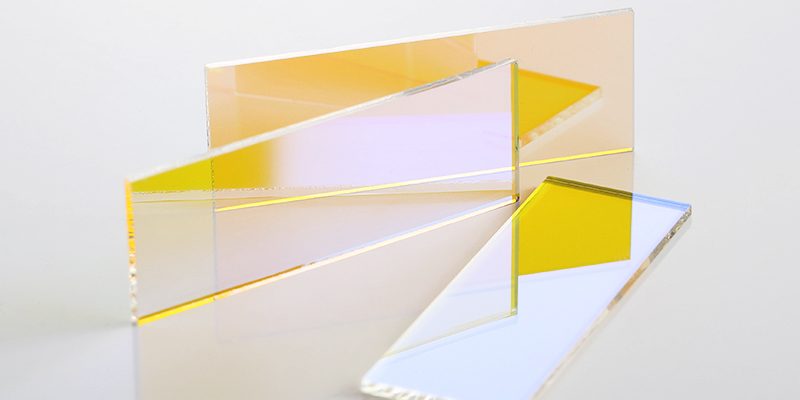In the field of optics, filters are widely used in various optical instruments and equipment as an important optical element. Among them, long pass filters (LPF, also known as high pass filters, HPF) have become an indispensable part of the optical field with their unique functions and wide application scenarios. This article will introduce the basic concepts, working principles, characteristics and applications of long pass filters in detail.
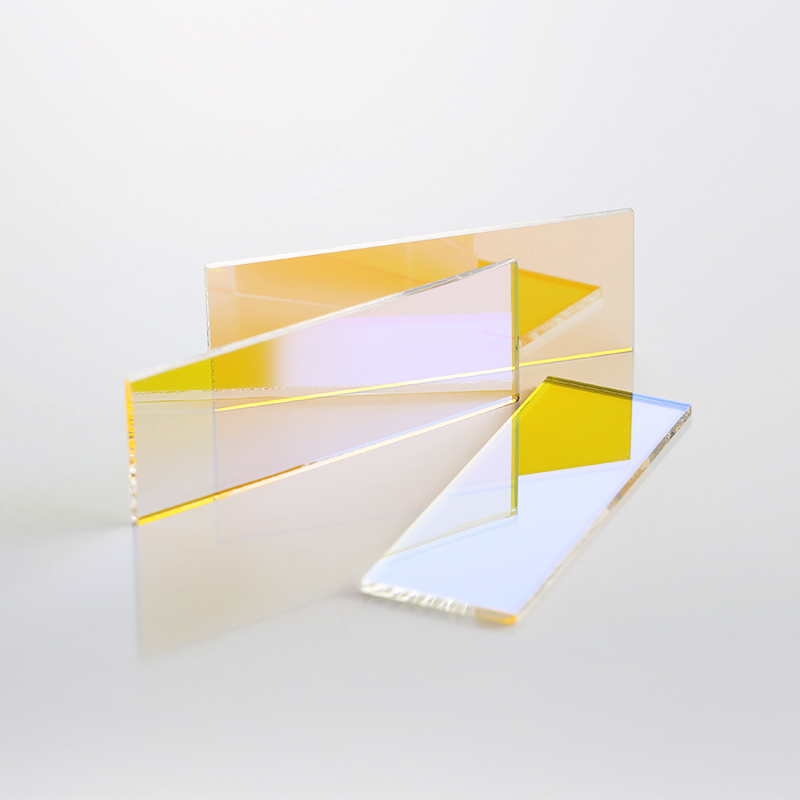
1.Basic concepts of long pass filters
Long pass filters are optical elements that allow long-wave light within a specific wavelength range to pass through, while cutting off or attenuating shorter wavelength light. It is based on the wavelength characteristics of light, through a specific design, so that light above a certain wavelength can pass smoothly, while light below this wavelength is effectively blocked. This filter is usually based on a specific band to ensure that only light above this band can pass through, thereby achieving precise control of light.
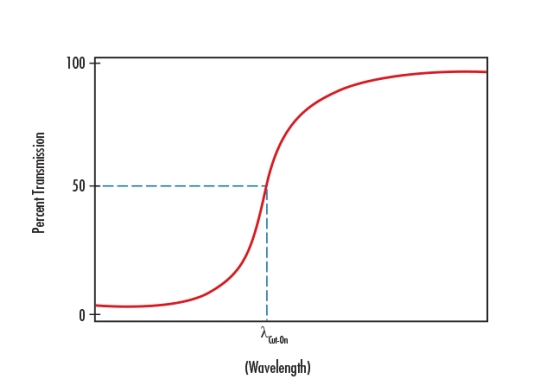
2.Working principle of long pass filters
The working principle of long pass filters is based on the principles of interference and diffraction of light. The filter is composed of multiple layers of thin films, the thickness and refractive index of which are precisely calculated and designed to achieve specific spectral transmission characteristics. When light is incident on the filter, light of different wavelengths will interfere and diffract between the thin film layers, so that light of a specific wavelength is enhanced or attenuated. For long-wave pass filters, the design allows light above a certain wavelength to be enhanced and passed, while light below that wavelength is attenuated or cut off.
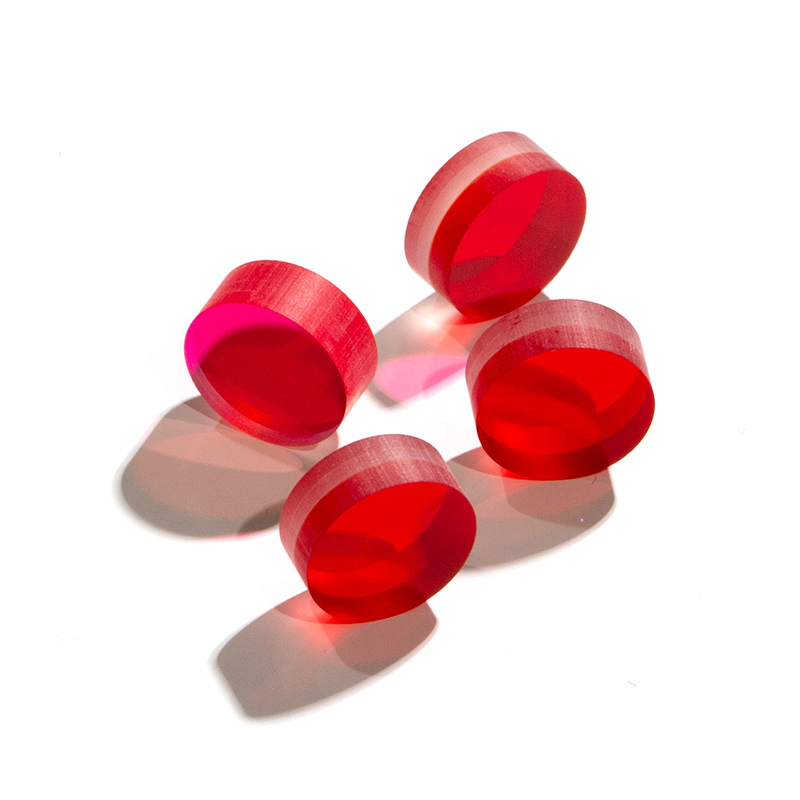
3.Characteristics of long-wave pass filters
Long-wave pass filters have many significant characteristics, including:
High cut-off steepness: Long-wave pass filters have a steep transmittance curve near the cut-off wavelength and can quickly transition from the cut-off state to the transmittance state.
High transmittance: Within the wavelength range allowed to pass, long-wave pass filters have high transmittance to ensure that light loss is minimized.
High background light density: For light of the cut-off wavelength, long-wave pass filters have a high background light density, which can effectively block unwanted light.
In addition, long-wave pass filters also have the advantages of high temperature resistance, corrosion resistance, and high mechanical strength, and can maintain stable performance in harsh environments.
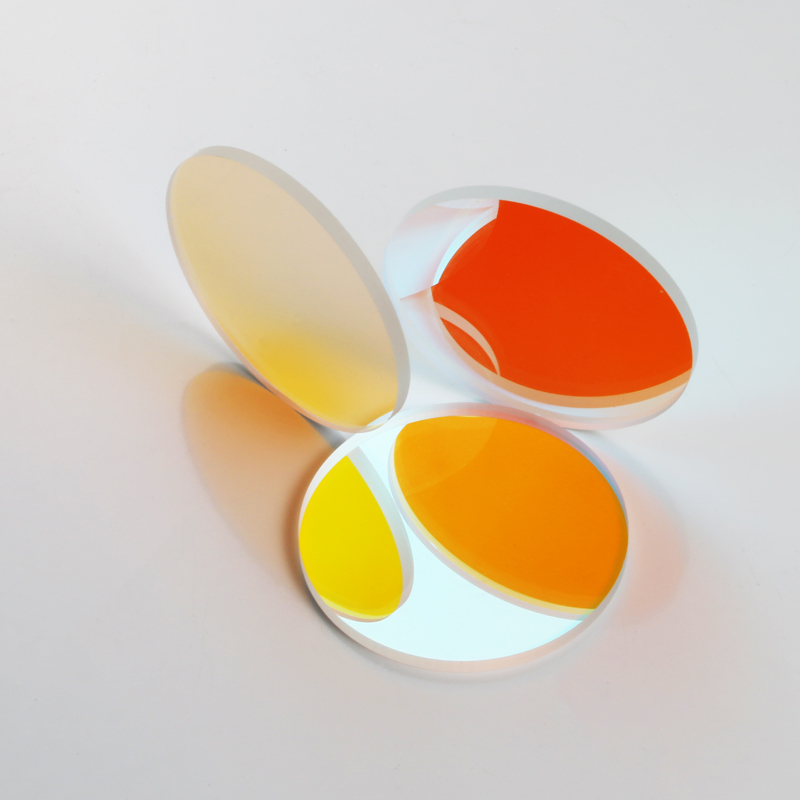
4.Application of long-wave pass filters
Due to their unique properties, long-wave pass filters are widely used in many fields:
Optical field: Long-wave pass filters are used to manufacture optical components and equipment such as special optical glass, fiber intensifiers, laser crystals, and infrared detectors. By precisely controlling the wavelength of light, these devices can achieve higher precision and performance.
Electronics industry: In the electronics industry, long-wave pass filters are used to produce electronic components such as ultra-high frequency dielectric film resistors, capacitive ceramic filters, capacitors, and microwave resonant cavity filters. These components play an important role in high-frequency circuits to ensure the stability and performance of the circuits.
Biomedical field: In the biomedical field, long-wave pass filters are used to manufacture biomedical materials such as artificial corneas and bioengineering stent materials. By controlling the wavelength of light, these materials can be better compatible with biological tissues and achieve better therapeutic effects.
Image processing and communication fields: Long-wave pass filters can be used to remove low-frequency noise and background blur in images, and enhance the edges and details of images. In the field of communications, it can be used to filter out low-frequency noise and ensure the transmission quality of high-frequency signals.
Conclusion
As an important optical component, long-wave pass filters play an irreplaceable role in many fields such as optics, electronics, biomedicine, image processing and communications. With the continuous development of science and technology, the application scope of long-wave pass filters will continue to expand, making greater contributions to the scientific and technological progress and development in various fields.

